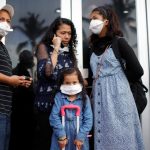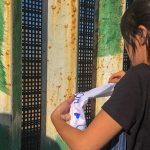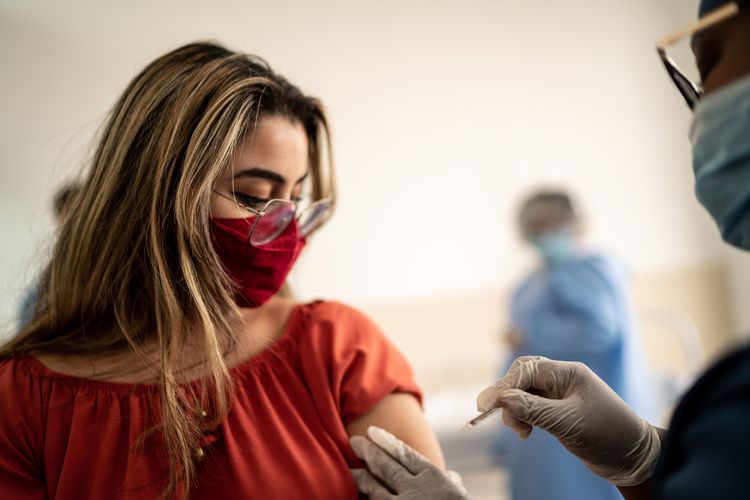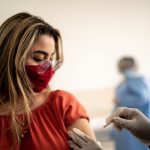In the sun-drenched rural communities of South Florida, a quiet healthcare revolution is taking place. Hispanic parents, traditionally underserved by mainstream medical institutions, are showing surprisingly positive attitudes toward HPV vaccination for their children, despite significant knowledge gaps. This revelation comes from groundbreaking research presented at the National Association of Pediatric Nurse Practitioners (NAPNAP) Conference this March in Chicago, challenging long-held assumptions about vaccine hesitancy in minority communities.
“[Hispanic] parents are not really hesitant about the HPV vaccine. Their hesitation is related to lack of knowledge about the vaccine,” explains Dr. Mary Koslap-Petraco, a pediatric nurse practitioner with extensive experience in vaccination outreach. This nuanced understanding of hesitancy versus knowledge deficit represents a critical distinction for healthcare providers working to increase vaccination rates in vulnerable populations.
The human papillomavirus (HPV) silently infects approximately 43 million Americans annually, establishing itself as the most common sexually transmitted infection in the United States. What makes this virus particularly insidious is its connection to cervical and oropharyngeal cancers, diseases that disproportionately affect Hispanic communities. “This is troublesome, as the Hispanic population in the United States shares a high burden of HPV-related cancers and mortality,” the study authors note with urgency.

The research, spearheaded by Dr. Madeline Fernandez-Pineda and colleagues from the University of Miami School of Nursing, delved into the complex interplay of cultural factors, healthcare access, and vaccine attitudes among Hispanic parents. Their findings paint a portrait of a community eager for protection but hampered by systemic barriers. “HPV vaccine intention was significantly associated with HPV vaccine attitude, and HPV vaccine uptake was significantly associated with HPV vaccine awareness,” the researchers observed, highlighting the critical role of education in bridging the vaccination gap.
The study’s participants—39 Hispanic parents living predominantly in rural South Florida—represent a demographic often overlooked in health research. With 77% lacking health insurance and 59% unemployed, these families exist at the intersection of multiple vulnerabilities. Yet despite these challenges, 59% expressed intention to vaccinate their children against HPV within the next six months, revealing a remarkable openness to preventive healthcare when properly informed.
“When health care providers took the time to explain what the HPV vaccine is and why it is important, parents made the decision to have their children receive the HPV vaccine,” Dr. Koslap-Petraco emphasizes, underscoring the transformative power of patient education. This finding challenges the prevalent narrative of vaccine hesitancy among minority communities, suggesting instead that hesitation often stems from information gaps rather than ideological opposition.
The stark health disparities faced by Hispanic women make this research particularly timely. In 2021, Hispanic women experienced cervical cancer at a rate of 9.6 per 100,000, compared to 6.8 per 100,000 among non-Hispanic white women. “Hispanic women were 40% more likely to be diagnosed with cervical cancer than non-Hispanic White females in 2019,” the CDC reports, illuminating the urgent need for targeted prevention strategies.
Cultural and linguistic considerations emerge as crucial factors in the vaccination decision-making process. With 85% of study participants preferring Spanish over English, the research highlights the need for linguistically appropriate health education. “Our study points to the significant role of health care providers in the vaccination decision-making process, indicating the necessity for further exploration into interdisciplinary collaboration among nurses, medical practitioners, and social services providers in vaccination promotion,” the authors write, calling for a more holistic approach to vaccine outreach.
The influence of healthcare providers emerges as a powerful determinant of vaccination decisions. “Physicians (72%), nurses/nurse practitioners (59%), and partners (51%), had a positive influence on their HPV vaccine decision-making,” the study reveals, underscoring the vital role of trusted healthcare professionals in community health initiatives. This finding suggests that strengthening the provider-patient relationship could be a key strategy for increasing vaccination rates in underserved communities.
Knowledge gaps represent a significant barrier to vaccination, with study participants scoring an average of just 40% on HPV vaccine knowledge questions. This finding reveals a critical opportunity for targeted education efforts. Despite this knowledge deficit, 95% of parents maintained a positive perspective toward the vaccine for their children, indicating that foundational trust in the healthcare system exists even when specific information is lacking.
The research also illuminates the complex interplay between cultural isolation and healthcare access. With 79% of participants showing low Americanism acculturation, the study highlights how cultural barriers can exacerbate existing structural inequalities in healthcare access. “These interventions should also delve into the cultural and linguistic needs of Hispanics,” the researchers emphasize, pointing toward the need for culturally sensitive vaccination programs.
“When health care providers took the time to explain what the HPV vaccine is and why it is important, parents made the decision to have their children receive the HPV vaccine. This project notes that having a plan in place to address the HPV vaccine made a difference,” Dr. Koslap-Petraco notes, offering a pathway forward for healthcare providers seeking to increase vaccination rates in Hispanic communities.
As the Hispanic population continues to grow throughout the United States, addressing these vaccination disparities becomes increasingly urgent. The research presented at NAPNAP 2025 offers a valuable roadmap for healthcare providers seeking to bridge the vaccination gap, emphasizing education, cultural sensitivity, and provider influence as key components of successful vaccination strategies.











Leave a comment